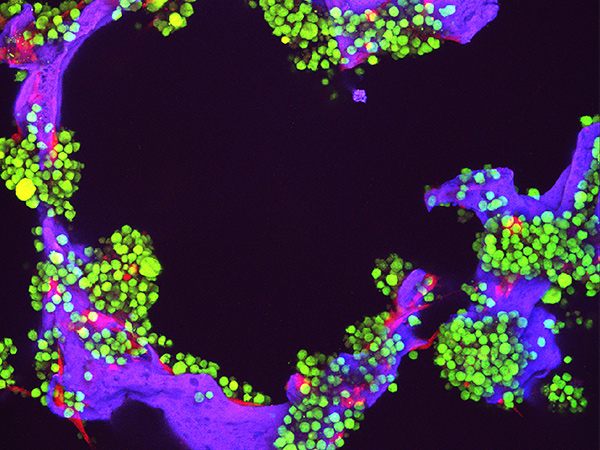A New Immunotherapy Option for Patients with Multiple Myeloma
The FDA has approved the immunotherapeutic isatuximab-irfc (Sarclisa) to treat certain patients with multiple myeloma.

The U.S. Food and Drug Administration (FDA) has approved a new therapeutic to treat adults with multiple myeloma whose cancer has progressed despite receiving at least two other treatments, including lenalidomide (Revlimid) and any one of a group of therapeutics called proteasome inhibitors.
Multiple myeloma is a type of cancer that develops in plasma cells – white blood cells important to the immune system – and is diagnosed in more than 32,000 people a year in the United States. Multiple myeloma is more common in older people and the incidence is higher among African Americans compared with Caucasians.
The new therapeutic, isatuximab-irfc (Sarclisa), which was approved for use in combination with pomalidomide (Pomalyst) and dexamethasone, is given through an IV infusion.
Isatuximab-irfc is a monoclonal antibody that targets a protein called CD38, which is found at high levels on the surface of myeloma cells. It works in a number of ways, including by flagging the myeloma cells for immune cells that can attack and destroy the cancer cells.
Isatuximab-irfc was approved based on results from the phase III ICARIA-MM clinical trial that were published recently in the Lancet. The results showed that the combination of isatuximab-irfc, pomalidomide, and dexamethasone almost doubled median progression-free survival for patients with relapsed and refractory multiple myeloma (11.5 months compared with 6.5 months). This improvement translated into a 40 percent reduction in risk of disease progression or death.
New therapeutics for multiple myeloma are urgently needed. Despite the development and FDA approval of new therapeutics – including proteasome inhibitors like bortezomib (Velcade) and carfilzomib (Kyprolis), and immunomodulatory agents like lenalidomide and pomalidomide– which have improved patient outcomes in recent years, the overall five-year survival rate remains just over 50 percent.
